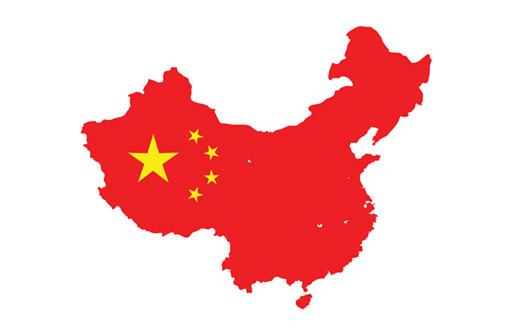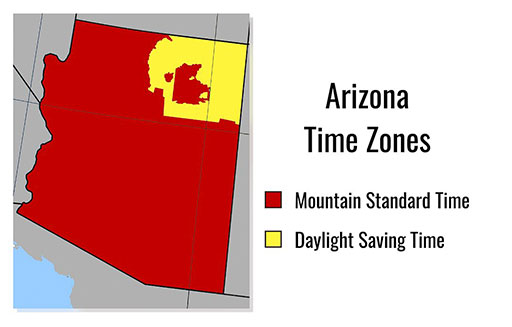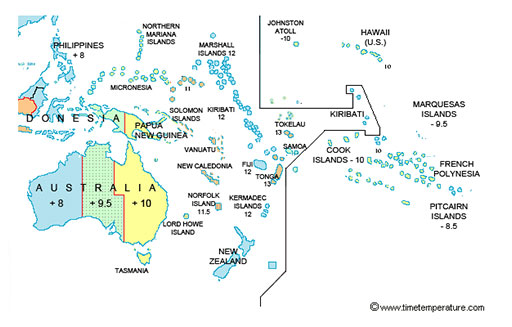The Strangest Time Zones
The world’s way of keeping time has altered a lot over time, and drifted far from the original ideal of 24 equal time zones. Politics, technology and even continental drift have over time led to some weird and wacky time zones that seem to defy all logic at first glance. Here’s a list of some of the biggest outliers:
China
China is perhaps the biggest poster child for strange time zones. If China obeyed the UTC standard it would span 8 different time zones, but instead China observes one unified time zone: Beijing time, a standard they’ve used since 1949. It might not be immediately obvious why this is so strange, but virtually no other country that’s even remotely the size of China has an arrangement quite like it. It means the day/night cycle in China is wildly out of sync with the actual recorded time, in some places the sun doesn’t fully set in summer until 3 AM by Beijing time. The result is that most non-Chinese people who visit the country completely ignore the local time zone, and even some Chinese cities and large businesses adopt their own unofficial time zones that better fit with the day/night cycle.

Arizona
The US state of Arizona has a strange arrangement where most of the state observes Daylight Savings (DST), meaning the clocks move forward by 1 hour during summer, but there are large parts of the state that do not. It’s not immediately obvious why this is strange, until you realise the lines cut right through communities and major roads. So a person moving through the state could have their time jump back and forward by an hour several times in some parts of Arizona, which can make trying to be on time for something an absolute nightmare.
Kiribati
Kiribati is a small nation made up of lots of tiny islands deep in the pacific, north-east of Australia and New Zealand. If you look at a map that shows time zones, it will stand out like a sore thumb for it juts out massively, since its island territories should straddle 3 time zones but instead all exist in one timezone. This also means, in their case, they are a day ahead of their immediate neighbours since they are on the east side of the date line when geographically they should be on the west side. This is actually a very recent change compared to most time zone irregularities, since it was done in 1995 to sync up their working days with the much larger economies of New Zealand and Australia.
